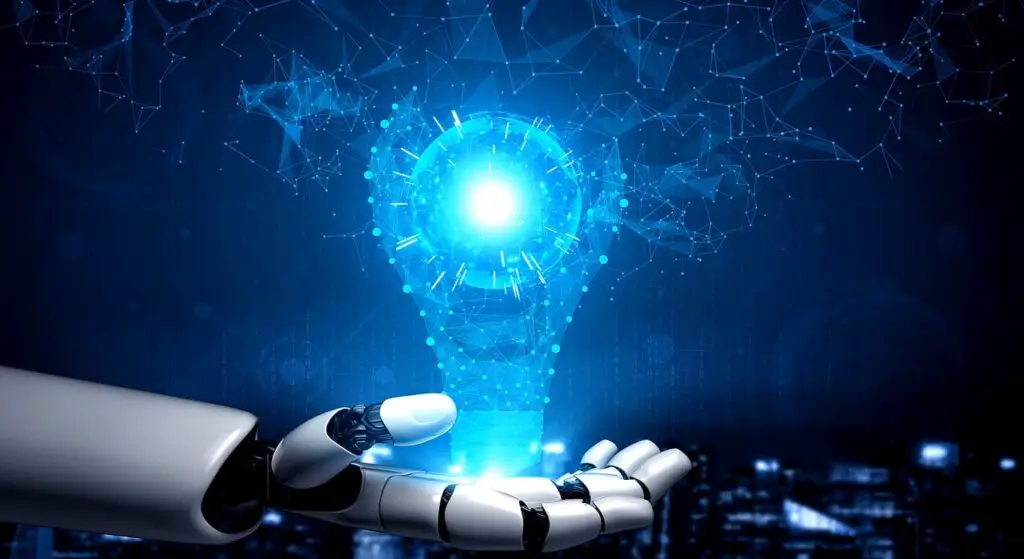
The International Energy Agency (IEA) has released its latest report, Energy and AI, offering an in-depth analysis of the growing energy demands driven by artificial intelligence applications and the broader global energy landscape. The report foresees that by 2030, electricity consumption by data centers will more than double, presenting significant challenges to the global net-zero emissions targets.
According to the findings, global data center electricity usage has increased at an average annual rate of 12% over the past five years. By 2030, consumption is projected to exceed 945 terawatt-hours (TWh)—a figure surpassing Japan’s current annual electricity usage.
A single 100-megawatt data center typically consumes enough electricity to power 100,000 households. However, data centers dedicated to artificial intelligence often demand significantly more energy—enough to supply up to 2 million homes.
Despite governments and industry stakeholders worldwide investing heavily in carbon offset measures, the exponential growth in AI-driven demand continues to fuel rising electricity usage, thereby driving up global carbon dioxide emissions.
For instance, global CO₂ emissions from data centers currently stand at 180 million metric tons and are projected to soar to 300 million metric tons by 2035. This increase is anticipated even in the face of aggressive renewable energy adoption, a global shift away from coal-based power generation, and substantial year-over-year improvements in GPU energy efficiency. The relentless expansion of AI model complexity and scale ensures that energy demand continues to outpace technological gains.
In response, many countries have already begun upgrading their power grid infrastructures to accommodate the immense energy needs of modern data centers. Consequently, energy competition, renewable energy innovation, and smart grid development are poised to become pivotal focal points in the global energy discourse.
Related Posts:
- Kaspersky Report: Energy Industry becomes the largest area affected by vulnerabilities in industrial automation systems
- Cisco: 95% of all data centre traffic by 2021 will come from cloud